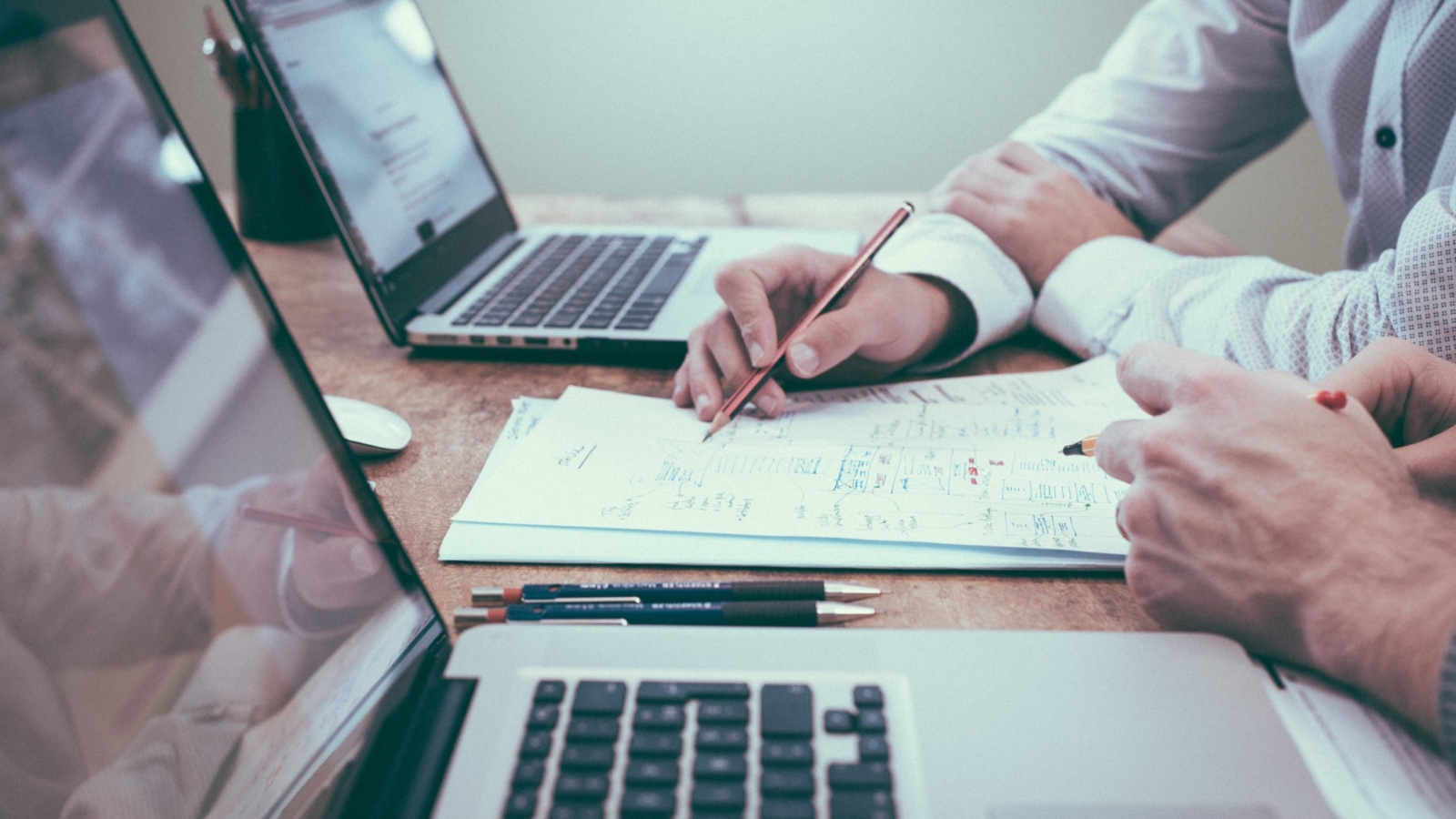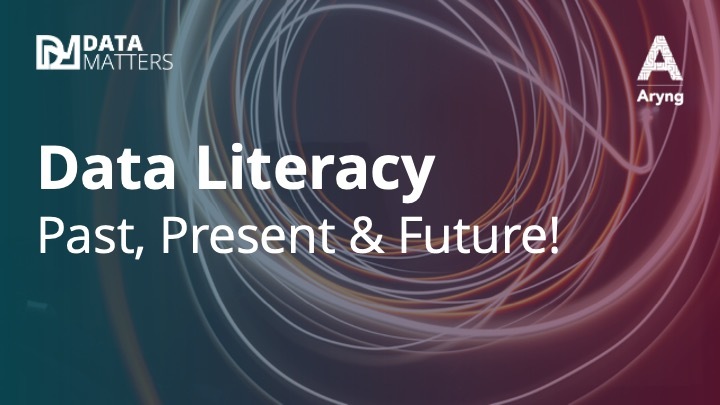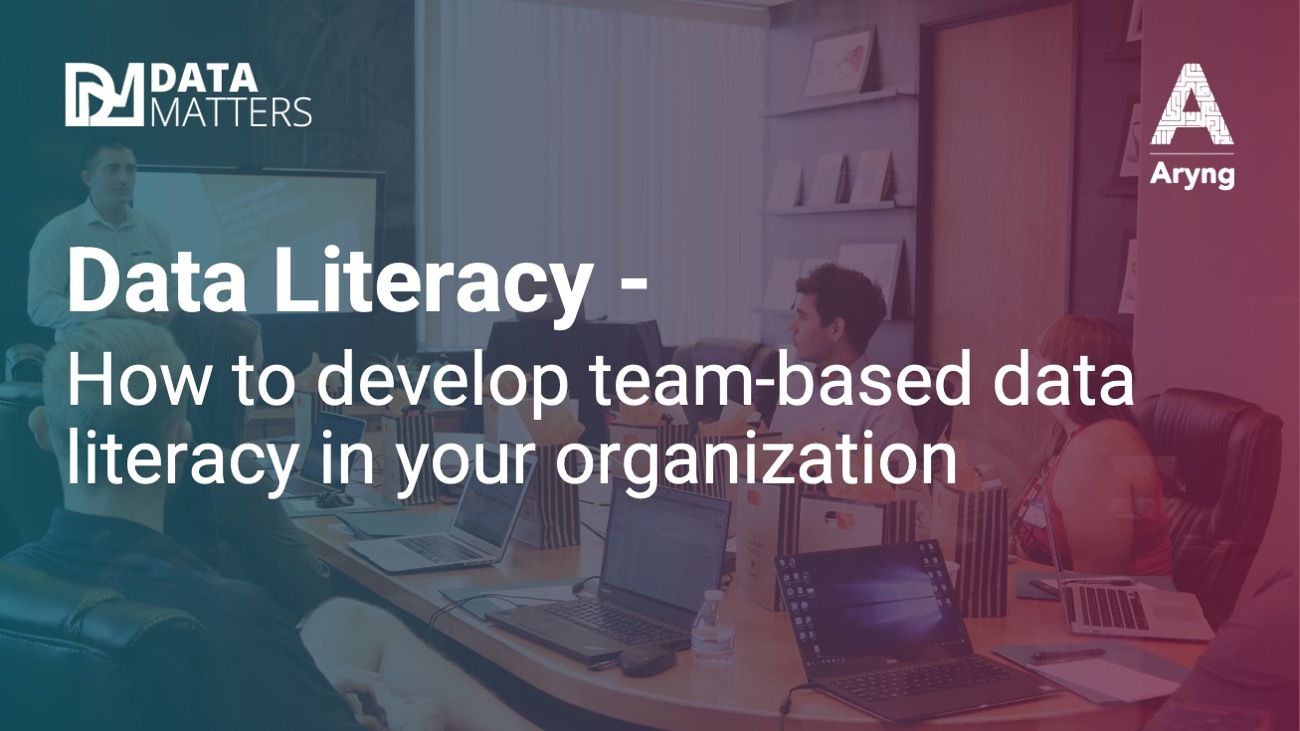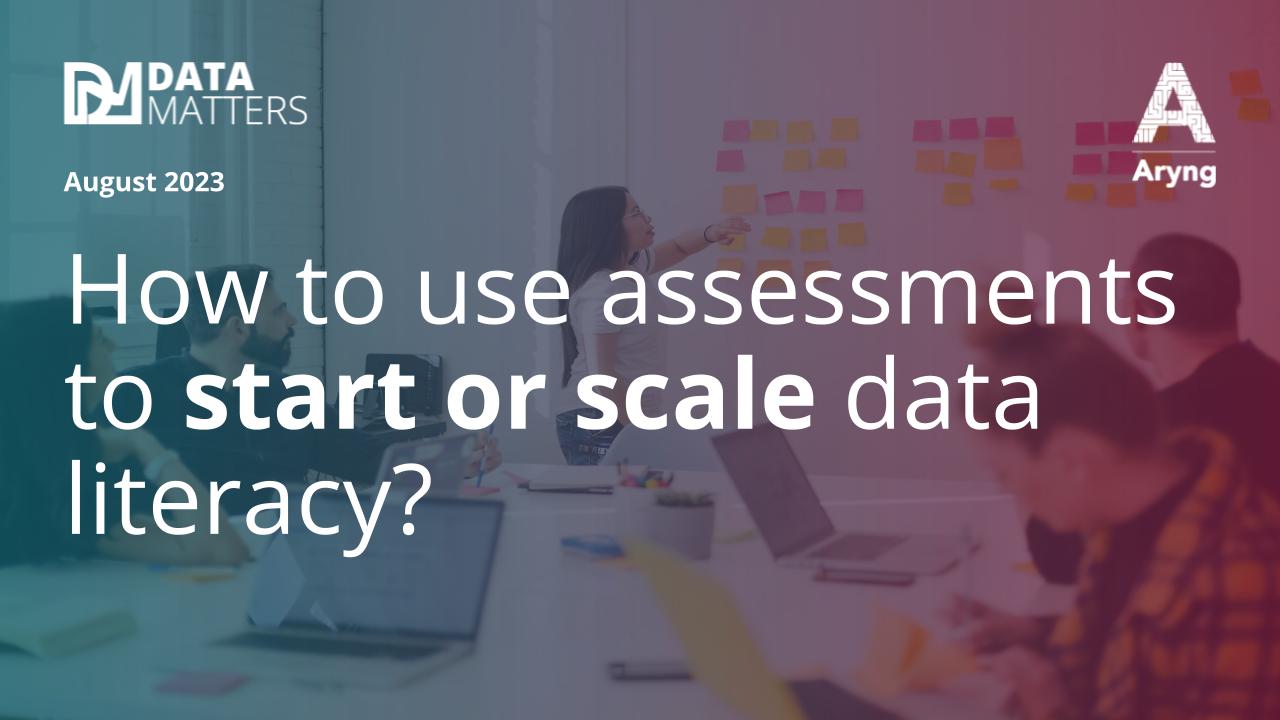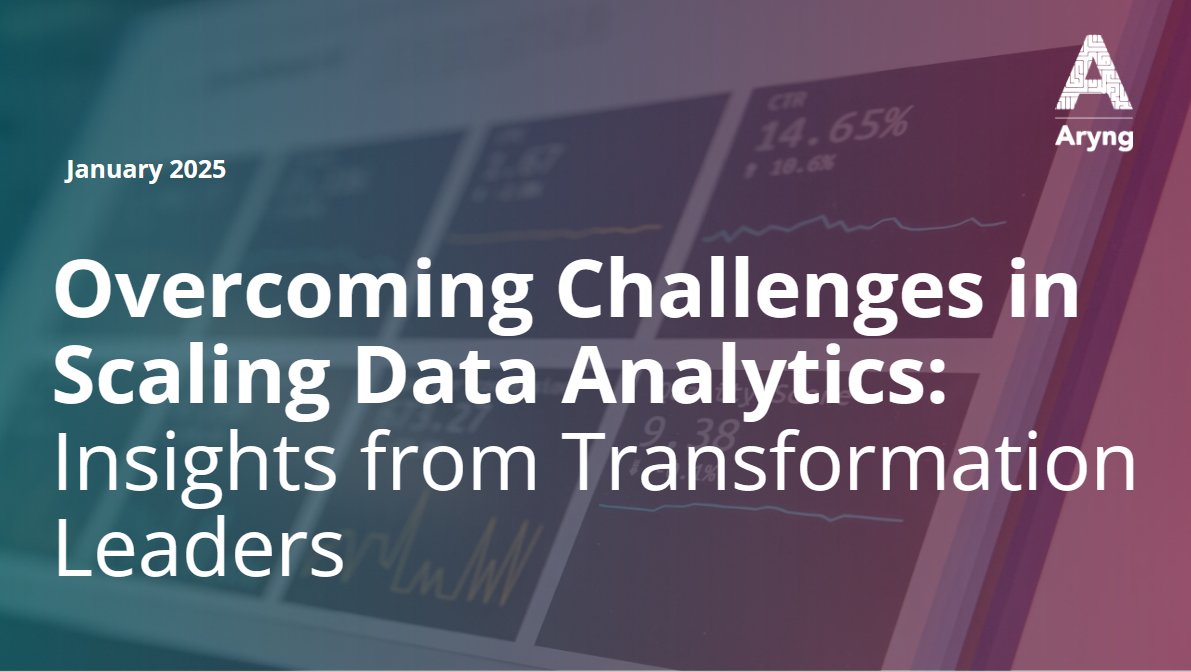As we become more and more technology-driven, data has emerged as a universal language for this advancement. Companies are adapting to the change and investing in data. However, many have failed to understand the importance of data literacy. To achieve this, data literacy training is a must for all companies.
For instance, companies can have data worth millions of dollars, but without data literacy, they will not be able to convert it into insights and then to dollars.
Companies with a higher data literacy rate can leverage data to better understand their customers’ needs and product usage. This insight allows them to develop better products and create a delightful customer experience. It then drives greater revenue and accelerates business growth.
But how do we build data literacy?
Building Data Literacy
Like many other projects, data literacy too needs a plan.
One of the most important things is to have a data-driven leadership. The leaders of the company first need to champion the nuances of Data analytics. Following that, they can lead the path in making the company data-driven.
If a company has a data-driven leadership, it needs to follow a five-step approach to build data literacy.
To begin with, you will need to first assess where your company stands in terms of data literacy. At this step, called Data Culture Assessment, you need to ask questions such as
- How mature is access to data in your organization?
- Is there a data-driven decision-making process?
This will let you understand where the company lacks in achieving your goal of building data culture.
Also read:
Data Culture Assessment: A step toward building Analytics Maturity
How to plan a learning solution
After you have mapped the current and the desired level of data literacy in your company, you are ready to start pushing data analytics in your organization.
To begin with, you will need to define the learning path of each of the desired data literacy levels. The learning path includes the training the cohorts need as well the time required for them to improve their data literacy level. The cohorts can be categorized into the following categories: data-driven executive, data enthusiast, date literate, citizen analyst, digital citizen analysts, data scientists and data skeptics.

Sample for planning a learning solution.
The training course and the time duration for each of them vary on the cohorts, or personas, of the employees. Following this, you will now need to map the learning path for each of the cohorts.
Once you are done with this, you will need to focus on the effectiveness of the plan. Here, you define the success metrics of the plan as well as the learning path level so that you can measure and tweak the program to improve if it is needed.
Then, you can start rolling out the plan with fixed timelines for the courses and create milestones.
Also read:
Data literacy training: What you need to know
A few tips
When planning, it is important to ensure that the training is not just to develop data literacy but to inculcate the reasons why data analytics is important for the company.
Many companies follow a stratified plan without paying heed to the most important part – that data should lead to insights. Companies should focus on augmenting the decision-making process for the employees, so that it can lead to insights that will boost revenue.
Organizations can also make use of analytics frameworks such as Aryng’s BADIR to create speed and agility in their employees.
Companies should also focus on the success metric to evaluate how favorable the training has been. Have the employees reached the desired data literacy level? Are their decisions leading to insights? How quickly can they derive insights from data? Such questions can help better assess the training.
Another thing the companies can do is strategize how they will go about conducting the training. They can start by training one department and move from there or focus on the whole organization at one go.
It is advisable to divide the employees into groups and assign coach leaders to guide them through the process. The size of the group can vary from company to company.

